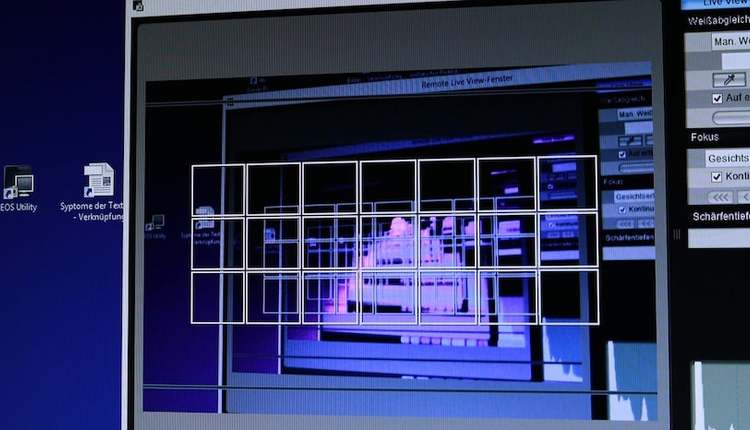
The effort and expense necessary to unify customer communications systems is easily underestimated. Most companies don’t have a document system. They have many of them! The typical customer communications framework is a mix of unintegrated document platforms, legacy code, and patched solutions supporting various departments and functions. The document generation software and workflows to create claim documents are frequently different from the ones responsible for policies, which are different again from billing systems, marketing communications, and benefit book publication, to name just a few.
Not only is the software to create a variety of documents dissimilar, but the print output files they generate often contain embedded commands unique to specific printing and finishing platforms. Printers may ingest different print streams or support varied features such as page imposition, color, duplexing, or binding. Adding to the complexity, many firms manage digital communications separately from print.
It sounds like a mess, but improvements are possible
The first step in unifying customer communications under a common umbrella is one of discovery. Interviewing individual departments is a good place to begin, but it may be necessary to inspect finished documents and trace them back to their sources. Analysis uncovers automatically triggered messages with this method.
Centralized document production centers may not be handling all customer communications. It is common to frequently uncover rogue operations where individual departments are producing and distributing documents that never pass through the print center. In fact, document production usually happens within many administrative work areas or outsourced to local print shops. These “off the books” solutions must be added to the new communications framework to ensure all customer communications are part of the strategy.
Discover and Assess
Once the project team has identified the communications, several questions should be considered:
• What are the document similarities and differences?
• How can document formats be modified to allow for production through a common platform?
• Which printed documents can be delivered electronically?
• Are there duplicate, obsolete, or contradictory messages to be eliminated?
• What prevents various systems from sharing information and how can they be resolved?
Finally, the organization can utilize their findings to develop a unified customer communication strategy.
Customer communications may seem simple compared to other mission-critical corporate systems. In truth, they are usually a complex collection of independent solutions developed and modified over several decades. Projects to unify all those separate systems are likely to require resources from IT and across the enterprise.




